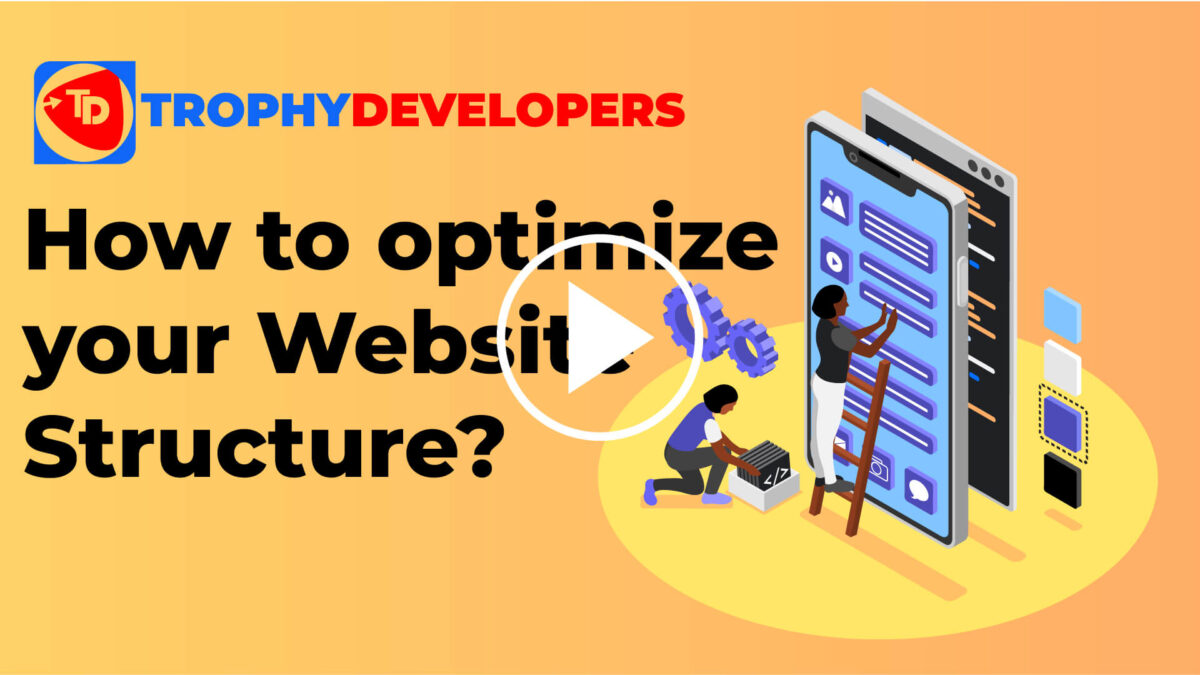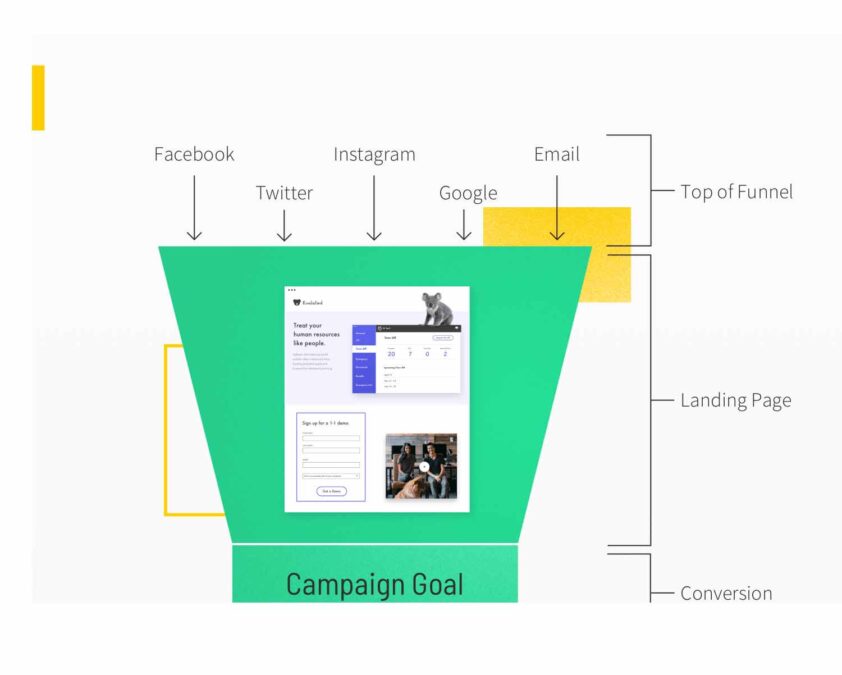
How to Start Social Media Marketing (5 ESSENTIAL Tips) this 2025?
February 17, 2022
How to Optimize Your website Structure 100% for SEO ?
March 7, 2023Should you put prices on your website? Or Not? (Strengths and Weaknesses)
Studies have shown that consumers want to see prices on your website. Should you (can you) do it? Here’s how to
Should you put prices on your website? Or Not?
Studies have shown that consumers want to see prices on your website. Should you (can you) do it? Here’s how to know.
1. Potential Customers are looking for a price
– If you sell products, the one piece of information that your online customers are looking for is how much does it cost?
2. Build Trust & Save potential customers time
What’s surprising is the number of websites, especially in the business-to-business space, that doesn’t make any mention of price. This is a major frustration to potential customers.
Customers don’t want to get involved with salespeople until they’ve got a good understanding of the product and its price point. When we ran a large business-to-business(B2B) research project in 2022, pricing information was twice as important to business-to-business(B2B) purchases as a contact phone number was. That tells you that they want to know how much your products cost way before they want to talk to you.
3. Give starting prices
Now it might be that you’re a wholesaler with a distributor network, so you don’t feel like you can list prices, however, it’s easy enough to list a manufacturer’s suggested retail price and put wholesale prices behind a vendor login. Or, you might sell products that have multiple configurations.
For instance, photocopiers can have extra paper trays, binding equipment, and so forth.
In this situation, it’s fine to list just some common options so that you give visitors an idea of the price point.
Variable-Cost Services
- Provide Common Examples
- Add a Cost Price Calculator
- Don’t resort to the “Call Us” tactic
- Explain Why You Can’t provide a quote
Maybe you offer a variable-cost service, like house cleaning.
In this case, you can give examples based on common situations, or even let website visitors use a cost calculator form on your website.
Whatever you do to show estimated prices, try to make it happen online rather than resorting to the call-us tactic.
4. Give a detailed explanation of how you set your price
Remember, your potential customers are unlikely to want to talk to you until after they’ve worked out some basic facts for themselves. If your pricing structure is complex, it’s important to explain why you can’t provide a quote online. Instead, you might need to provide the materials that people will need to do business with you, like requests for proposal materials, the necessary codes for government contracts, and so on.
5. At least give your potential customers a hint
If you feel you can’t put prices up, at least give your potential customers a hint.
Are you the Rolls-Royce equivalent in your industry? or do they pile them high and sell them cheap brands?
How visitors prequalify themselves without wasting their time and yours.
6. Show a price range
By telling people what price range your product is in, you help them work out how likely it is that they’ll want to do business with you. That can save you a bunch of time fielding calls from people who have no intention of buying your product because it’s either too cheap or too expensive for what they need.
7. Give Price Information with an explanation of the value
- Features
- Warranties
- Quality
Lastly, Why should you put prices on your website?
Remember, people will be looking for prices even if you differentiate yourself another way.
If you’re worried that your prices don’t look competitive, use the pricing page to talk about your features set, your warranty, the quality of your products, or whatever else it is that you feel differentiates you.













